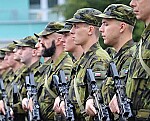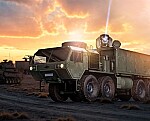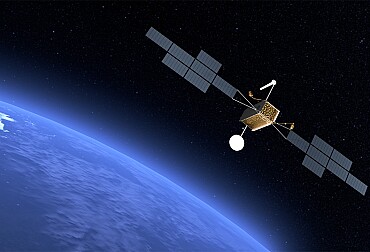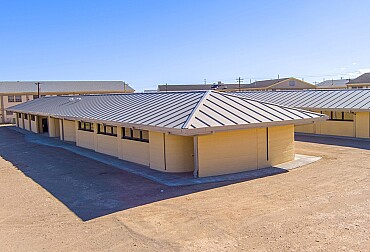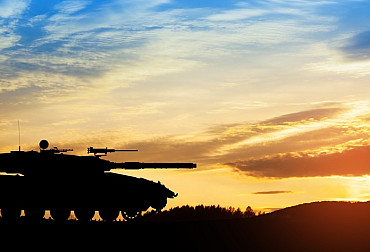The Red Sea as a lesson for Europe
In the wake of the actions of the Yemeni terrorist movement Ansar Allah, an international coalition of states was formed in late 2023 under Operation Prosperity Guardian to deter Ansar Allah from striking civilian cargo ships sailing through the Gulf of Aden and the Red Sea. The Coalition is deploying a large number of specialised assets to counter the movement's activities, which may have future implications for European security.
Ansar Allah launched strikes on civilian commercial vessels in the wake of the Hamas terrorist attack on Israel on 7 October last year. Since then, members of Ansar Allah have been targeting civilian commercial vessels associated with Israel or the United States in the Gulf of Aden, the Bab Al-Mandab Strait and the Red Sea. Their attacks are causing global problems, as the Suez Canal is a bottleneck for goods from Asia, forcing major shipping companies to sail around Africa to protect their cargo, causing longer delivery times and higher shipping prices.
After several weeks of attacks, a coalition of states decided to launch Operation Prosperity Guardian. Combined Task Force 153 is led by the UK, Bahrain, Canada, France, Italy, the Netherlands, Norway, Seychelles and Spain. During the first days of the operation, the US Navy deployed three destroyers, Britain one destroyer and France one frigate. It was these vessels that provided air defence in the region, shooting down dozens, if not hundreds, of anti-ship missiles and suicide drones since the start of their deployment. In addition, the Dwight D. Eisenhower aircraft carrier and one U.S. destroyer have moved into the region.
Then, earlier this year, a coalition of states led by the United States launched precision strikes against Ansar Allah positions in western Yemen. These strikes involved more than 15 F/A-18 Super Hornet aircraft, an unspecified number of EA-18G Growler electronic warfare aircraft with AGM-88 HARM cruise missiles designed to destroy radars, RC-135 Rivet Joint reconnaissance and surveillance aircraft, P-8 Poseidon and E2C Hawkeye, in addition to the task force already deployed to protect civilian vessels.
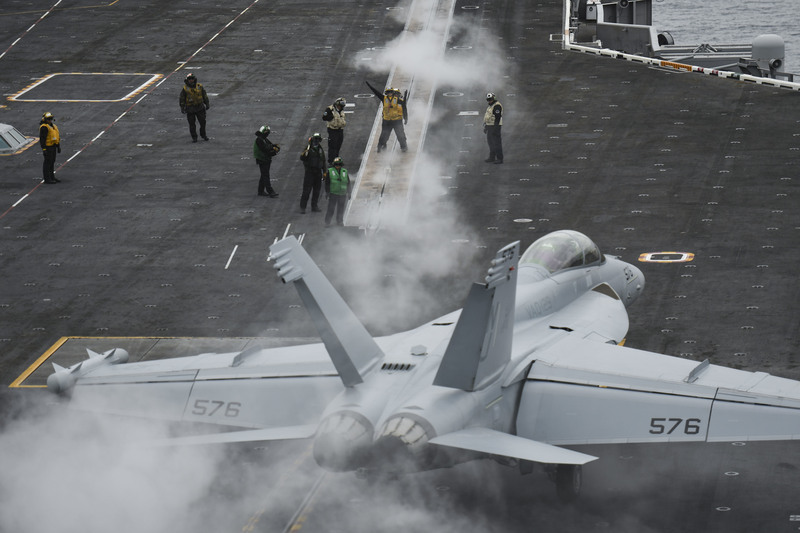
The British Royal Air Force deployed four Eurofighter Typhoon aircraft and two Voyager tankers. Coalition forces attacked a total of 60 targets and used more than 150 precision munitions in the attacks, including more than 80 Tomahawk cruise missiles, sparking a public debate about whether it is worth using these sophisticated missiles against a movement that does not have sophisticated air defense systems.
The next wave of attacks again involved F/A-18 Super Hornet aircraft from the Dwight D. Eisenhower aircraft carrier, three surface vessels (cruisers and destroyers), and a submarine, presumably the same as in the first wave of attacks. British aircraft, probably Eurofighter Typhoon, were also involved in the second wave.
The above information shows that, although this is a terrorist movement that does not have sophisticated armed forces and is supported only by Iran through the supply of suicide drones and ballistic missiles of varying quality and accuracy, the US and British assets deployed to strike Ansar Allah terrorist positions were quite significant. Given the number of vessels, it can be said that a strike force of ships was deployed in the area, along with airborne reconnaissance assets. A number of vessels, including British and French vessels, then provide air defence for commercial vessels transiting the Bab al-Mandab Strait.
Should Russian aggression against NATO states occur in the future, as suggested, for example, by the German Council on Foreign Relations, which says that such a development can be expected in the next six years, or by an Estonian intelligence report which states, that Russian forces may be renewed in the direction of the Baltics in the next four years, even in combination with Ansar Allah attacks and the prioritisation of other regions by the United States, some key capabilities such as air tankers or reconnaissance and surveillance aircraft could then be missing in Europe.
The strikes against ground targets in Operation Prosperity Guardian also demonstrate what assets the United States must deploy and in what quantities to make these strikes successful. It is therefore easy to ask what a future direct armed conflict between China and the United States might look like in terms of the number of forces and assets deployed.



